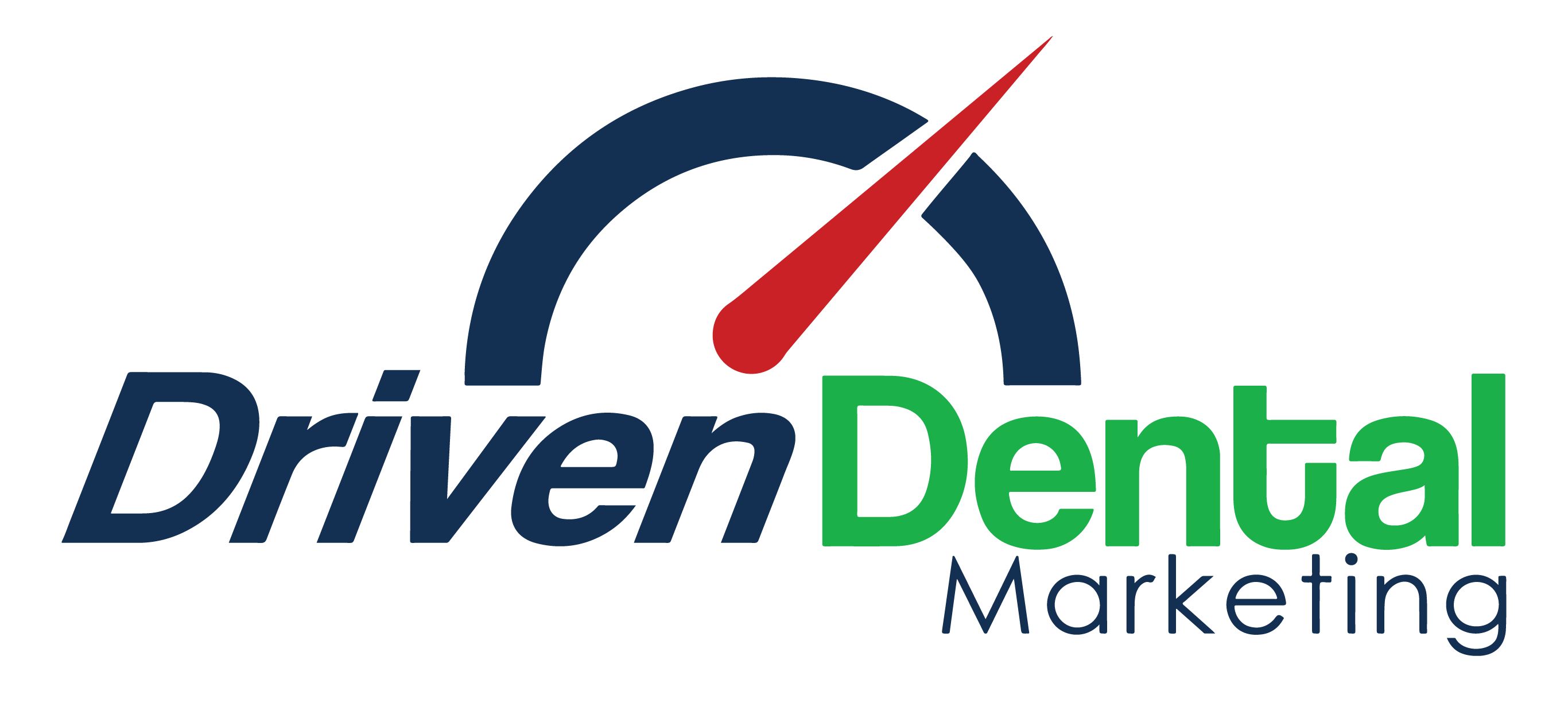As you build your dental implant practice, it’s important to differentiate yourself from other practices in your market.
This has introduced the concept of market position, often characterized by a practice’s unique sales proposition. This is also known as their value proposition, or value prop for short. Ideally, a dental implant practice’s value proposition sets them apart from other practices and attracts their ideal patients.
One of the most common ways to differentiate yourself in a competitive marketplace is through cost position or pricing position. Before simply looking around at the other practices and setting a similar price, take some time to think. Your price point will affect your brand identity and the kind of customers you attract. Therefore, it’s one of the biggest decisions you can make in your marketing… even if many dentists don’t think of it as a form of marketing at all.
Cost Position: Your Cost Position Is A Pricing Strategy That Places Your Practice And Your Procedures In A Certain Position Relative To Your Competition.
With that in mind, let’s break down the two most common pricing strategies among dental implant practices and how they play into the larger brand strategy. After that, we’ll discuss the single biggest principle to help owners make decisions regarding prices.
The Low-Cost Practice

The first strategy, and probably the one that comes to mind for most, is all about taking a low-cost position or low-pricing position. This strategy naturally provides a competitive advantage by nature of the low price and accessibility of your service. Thus, it is frequently paired with dental implant practices that advertise their convenience.
This strategy has a noticeable weakness, however: The margin from having a lower price point has to come back from somewhere. Some practices remedy this by serving a larger number of patients. Others offer less chair time, consults, and diagnostics up front, since those activities don’t directly generate revenue. Some other practices use less expensive materials and equipment.
Regardless, it requires understanding your own costs and making the absolute most out of your time.
The High-End Practice

On the opposite end of the spectrum lies the high-end practice. The competitive advantage of this strategy lies in the quality of the service one provides. Procedures in this modality are much more profitable than a low-cost practice.
However, the high-end practice has to make sure their price point is justified in the mind of the patient. They have to “back it up” in a way the low-cost practice may not.
Many high-end practices, therefore, offer higher quality materials and work with better equipment. Their patients expect more chair time and deliberation, and the high-end practice provides these. They have to compensate for their lower volume of service by offering both select quality and marketing that matches their buyer persona.
Know Your Numbers

This leads us to the most important principle when it comes to selecting your price point: Knowing your numbers like the back of your hand. This is the first step to developing a marketing approach centered around your price point.
The way you price your services affects the kind of patient who will be attracted to your practice. This should affect every part of your brand, from the logo to your office interior, to the words you use to communicate to your target audience.
The most important number for you to know at first is how much an hour of your time is really worth. This is similar to calculating your hourly rate. But instead of calculating your real amount, first, calculate your ideal amount. Determine how much revenue you need in a month so that you can reach your desired profit margin. Then, take that number and divide it by the number of hours you work in a month.
This leaves you with a general goal of how much your time should be worth to you. Calculate how much your real revenue is and see the difference. An exercise like this gives remarkable clarity for what you should and shouldn’t say “Yes” to as a practitioner. It may also clarify what cost position or pricing position you want your practice to take at first.
If you want help determining your specific cost position or pricing position, or to start building a brand that aligns with it, book a free strategy call with us today.
